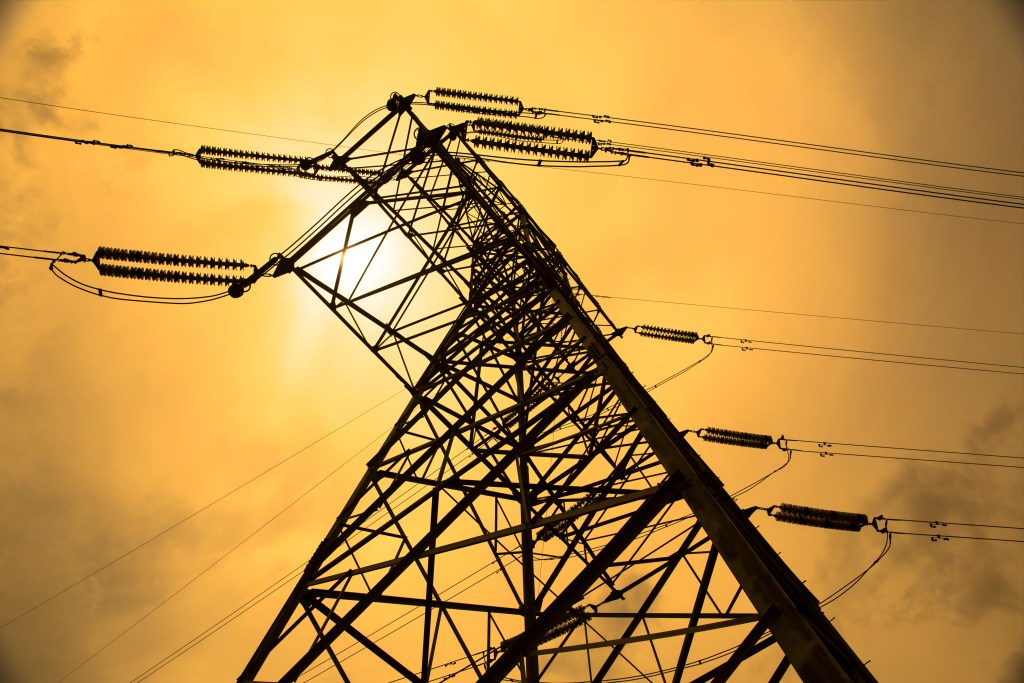In the rapidly evolving landscape of artificial intelligence (AI), chatbots have become ubiquitous, assisting users in tasks ranging from answering queries to composing emails. However, the energy consumption associated with these AI interactions has often been overlooked. To address this, Hugging Face engineer Julien Delavande has developed a tool designed to estimate the electricity usage of chatbot messages in real time.
Understanding AI’s Energy Footprint
AI models, particularly large language models (LLMs), require substantial computational power to process and generate responses. This computational demand translates into significant energy consumption, as these models operate on GPUs and specialized hardware that are energy-intensive. As AI technologies become more integrated into daily life, their collective energy usage is expected to rise considerably.
The environmental implications of this increased energy demand are profound. Data centers housing AI models contribute to carbon emissions, and the cooling systems necessary to maintain optimal operating temperatures often consume additional resources, including water. Understanding and mitigating the energy consumption of AI systems is crucial for sustainable technological advancement.
Introducing the Energy Estimation Tool
Delavande’s tool integrates with Chat UI, an open-source front-end compatible with models like Meta’s Llama 3.3 70B and Google’s Gemma 3. It estimates the energy consumption of messages sent to and from a model in real time, providing feedback in Watt-hours or Joules. Additionally, it contextualizes this consumption by comparing it to the energy usage of common household appliances, such as microwaves and LED lights.
For instance, generating a standard email using Llama 3.3 70B is estimated to consume approximately 0.1841 Watt-hours. This is roughly equivalent to operating a microwave for 0.12 seconds or a toaster for 0.02 seconds. While these figures may seem minimal on an individual level, they underscore the cumulative energy impact when scaled across millions of users and interactions.
The Importance of Transparency in AI Energy Usage
The development of this tool highlights the need for transparency regarding the energy consumption of AI systems. By providing users with real-time data on the energy impact of their interactions, the tool aims to raise awareness and encourage more energy-efficient usage patterns. Delavande and his collaborators emphasize that even small energy savings can have a significant environmental impact when aggregated across numerous queries.
This initiative aligns with broader efforts to promote sustainability within the tech industry. For example, companies like Muah AI are investing in solar-powered data centers to offset the electricity consumption of their AI chatbot servers. Such measures reflect a growing recognition of the environmental responsibilities associated with technological innovation.
Challenges in Measuring AI Energy Consumption
Accurately quantifying the energy usage of AI models presents several challenges. The variability in model architectures, hardware configurations, and operational scales means that energy consumption can differ significantly between systems. Moreover, the lack of transparency from some tech companies regarding their energy usage complicates efforts to obtain precise measurements.
Despite these challenges, studies have attempted to estimate the energy demands of AI systems. For example, research indicates that training a large language model like GPT-3 consumes approximately 1,300 megawatt-hours of electricity, equivalent to the annual energy usage of 130 U.S. homes. Additionally, reports suggest that ChatGPT may use over half a million kilowatt-hours of electricity daily to handle around 200 million requests, which is more than 17,000 times the daily electricity consumption of an average U.S. household.
The Path Forward: Sustainable AI Practices
As AI continues to permeate various aspects of society, it is imperative to adopt practices that mitigate its environmental impact. Tools like Delavande’s energy estimator serve as a step toward greater awareness and accountability. By making energy consumption data accessible, users and developers can make informed decisions that contribute to more sustainable AI usage.
Furthermore, the tech industry must prioritize the development and deployment of energy-efficient models and infrastructure. Investing in renewable energy sources, optimizing algorithms for lower energy consumption, and implementing energy-saving measures in data centers are critical strategies for reducing the carbon footprint of AI technologies.
Conclusion
The introduction of a tool to estimate the electricity consumption of chatbot messages marks a significant advancement in understanding the environmental impact of AI interactions. By providing real-time feedback on energy usage, it empowers users to consider the broader implications of their digital activities. As the AI landscape continues to evolve, such initiatives will be essential in balancing technological progress with environmental sustainability.



